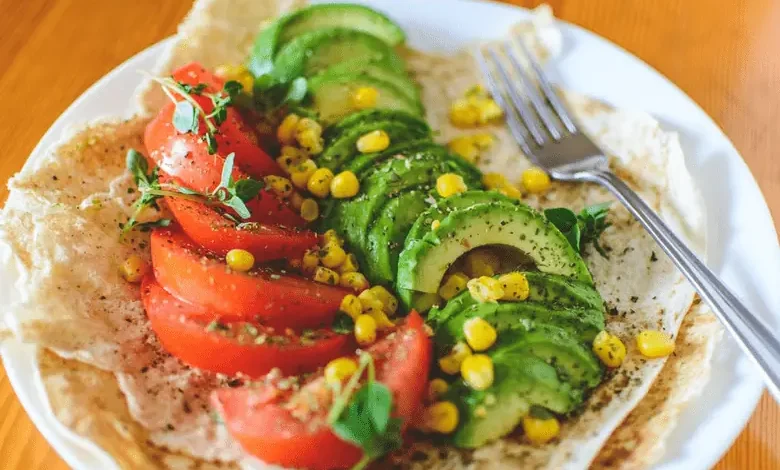
You’ve decided to adopt a vegan diet, or at least incorporate more plant-based foods into it. While most people know how to do this successfully, it may surprise you that gluten and meat aren’t the only restrictions there are.
Below, we’ll discuss how to thrive on a gluten free vegetarian diet. No matter if it’s a lifestyle change or a completely new diet, the info below can help you out.
Let’s get started!
Choose Nutrient-Rich Alternatives
When you’re not eating meat or gluten, you could miss out on some essential nutrients. But don’t worry, there are plenty of alternatives. Think about foods packed with protein – lentils, beans, and tofu are great choices.
Don’t forget about green leafy vegetables such as spinach or broccoli, which are full of vitamins. Nuts and seeds offer healthy fats and are an excellent snack choice. This type of vegetarian diet is possible and can be very healthy with the right food choices.
Prioritize Protein-Packed Foods
Ensuring a high intake of protein is an important part of any diet. Foods rich in protein can help keep energy levels stable and promote feelings of fullness. Quinoa, chickpeas, and lentils are excellent choices.
Products made from soy, such as tofu and tempeh, also pack a lot of protein. Incorporating these foods into your meals can help ensure that you are getting enough protein daily. Eating a variety of these foods can also prevent boredom in your meal plan.
Optimize Fiber Intake
A diet rich in fiber is essential to plant-based diet success. Fiber can help you feel full, manage your weight, and support heart health. Foods high in fiber include fruits, vegetables, beans, whole grains, and legumes.
Since gluten-containing grains are off-limits, focus on gluten-free whole grains. Examples are brown rice, quinoa, and amaranth. Be sure to add lots of colorful fruits and vegetables to your meals and snacks.
Eating a rainbow of plant-based foods can provide you with a wide array of nutrients while also helping you meet your fiber goals. Remember to drink plenty of water alongside your fiber intake to aid digestion.
Diversify Your Plate
Introducing a variety of foods is an excellent strategy for a balanced vegetarian diet. Don’t limit yourself to the same meals every day. Mix it up!
For breakfast, try oats with mixed berries one day and a tofu scramble with mixed vegetables the next. For lunch and dinner, rotate between meals such as quinoa salad, lentil soup, and vegetable stir-fry with brown rice.
Experimenting with global cuisines can also add an exciting twist to your meals. Try Mexican-inspired stuffed bell peppers or vegetarian sushi rolls.
You can also incorporate Lysulin powder for healthy blood glucose on your meal plans. Variety keeps your meals interesting and ensures you’re getting a wide range of nutrients. This is especially important for those new to the vegetarian lifestyle.
Thrive on a Gluten Free Vegetarian Diet
Choosing to follow a gluten free vegetarian diet can bring many benefits to your health and well-being. It doesn’t only promote weight loss and reduce inflammation. It also helps in preventing chronic diseases.
With a variety of delicious and nutritious options, making the switch to this lifestyle can be both enjoyable and rewarding. So give it a try and start thriving on a gluten-free vegetarian diet today!
If you enjoyed this article, you’ll love our other content on health, wellness tips, and more. Check out the rest of our content by visiting our website!






